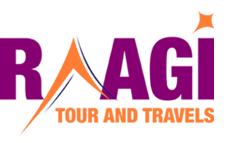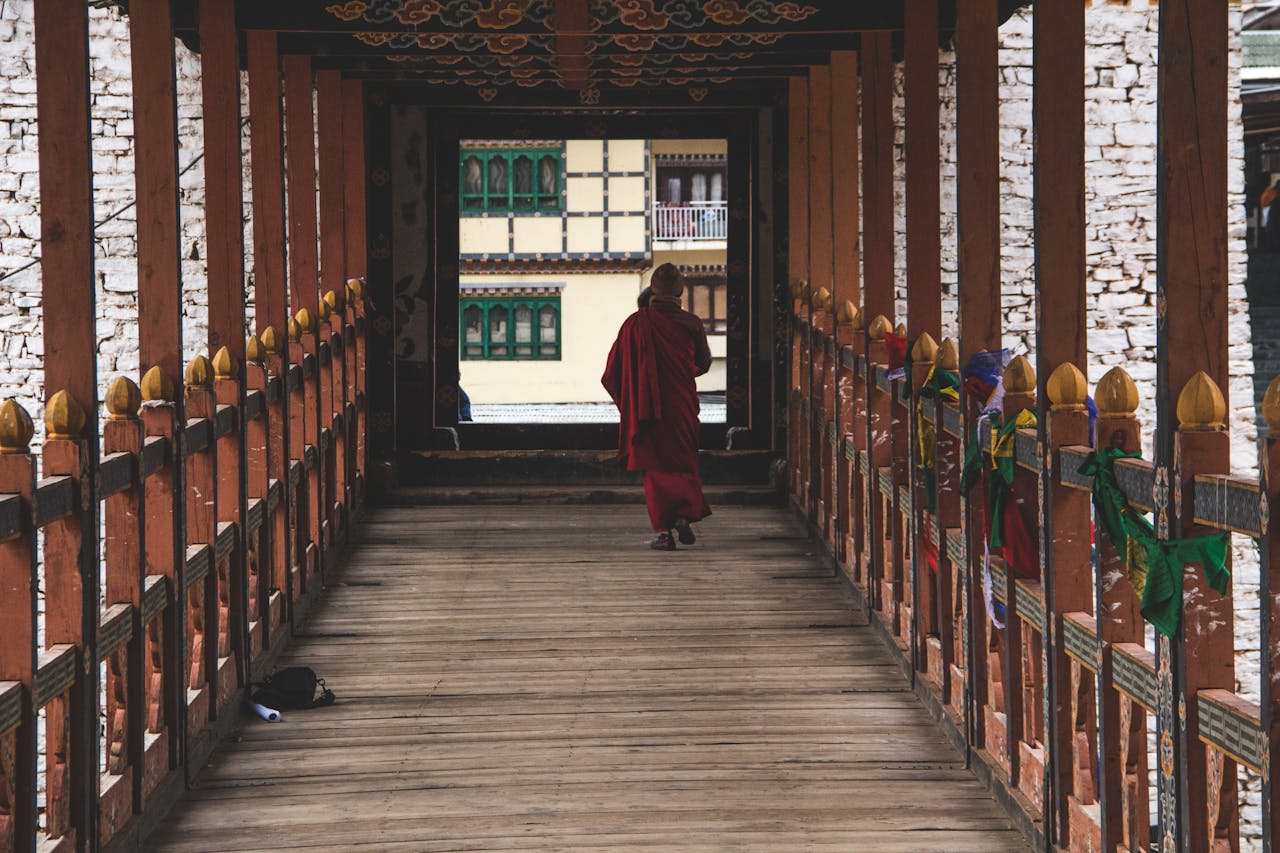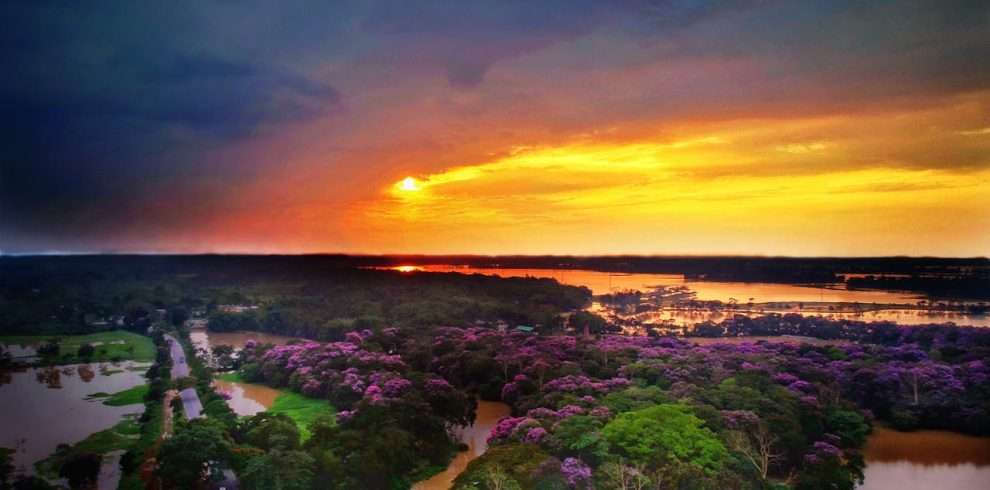Overview
If you’re planning a Bhutan tour, understanding the best time to visit Bhutan is essential for a fulfilling travel experience. Bhutan, known for its peaceful landscapes and vibrant cultural heritage, offers something unique every season. From blooming valleys in spring to serene monasteries in winter, this Himalayan kingdom welcomes travelers all year round.
Highlights
- 🏞️ Best Time for Clear Views & Trekking
- 🎉 Best Time for Festivals (Tsechus)
- 🌧️ Monsoon Season (June–August)
- ❄️ Winter (December–February)
Itinerary
- Arrive at Paro International Airport
- Meet and greet by our representative
- Drive to Thimphu (approx. 1.5 hours)
- En route visit Tachog Lhakhang
- Check-in at hotel and rest
- Evening walk at Thimphu Market
- Overnight stay in Thimphu
- Visit Buddha Dordenma (Gigantic Shakyamuni statue)
- Explore Memorial Chorten and Folk Heritage Museum
- Visit Tashichho Dzong – the seat of the King
- Stop at the National Library and Handicraft Emporium
- Overnight stay in Thimphu
- Drive to Punakha via DochuLa Pass (3,100 m)
- Stop for panoramic Himalayan views
- Visit Chimi Lhakhang (Fertility Temple)
- Explore Punakha Dzong – stunning riverside monastery
- Check-in at hotel and overnight stay in Punakha
- After breakfast, drive back to Paro
- Visit Simtokha Dzong en route
- Check-in at hotel and relax
- Optional visit to a traditional farmhouse
- Overnight stay in Paro
- Early breakfast and star trek to Taktsang Monastery (Tiger’s Nest)
- Enjoy spiritual surroundings and scenic mountain views
- Return to Paro town in the afternoon
- Explore local markets and try Bhutanese cuisine
- Overnight stay in Paro
- Breakfast at hotel
- Transfer to Paro Airport for your onward journey
- Tour ends with cherished memories of Bhutan
Cost Includes
- Pick up and drop from the airport/railway/bus station.
- Accommodation on double/twin sharing basis.
- All breakfast included at hotels.
- All transfers and sightseeing by private vehicle.
- Driver’s bata, toll, parking, road tax, fuel charges All applicable taxes.
Cost Excludes
- Service Tax – 5% GST Extra.
- Any train, bus, or air price any more meals not listed in the package's contents.
- Any other destination not mentioned in itinerary.
- Any personal costs like phone, minibar, room service, laundry, etc.
- Any fees for services or activities not covered by the included.
- Additional fees during high season, long weekends, or festival periods.
FAQs
March to May (spring) and September to November (autumn) are the best times overall. These seasons offer pleasant weather, clear views of the Himalayas, and access to major cultural festivals.
- Paro Tsechu – March/April (Spring)
- Thimphu Tsechu – September/October (Autumn)
- Punakha Drubchen – February (Winter)
- Jambay Lhakhang Drup – October/November in Bumthang
Tip: Festival periods are peak tourist seasons—book flights and hotels in advance.
It depends:
- Pros: Lush greenery, fewer tourists, off-season pricing.
- Cons: Rain can cause travel delays and poor visibility.
- Best for: Exploring Eastern Bhutan or lowland areas like Punakha.
Yes! While some mountain passes may be closed, western Bhutan (Thimphu, Paro, Punakha) remains accessible. Punakha is particularly pleasant in winter due to its warmer climate.
March–May (Spring) and September–November (Autumn) are ideal for high-altitude treks due to stable weather and great visibility.





